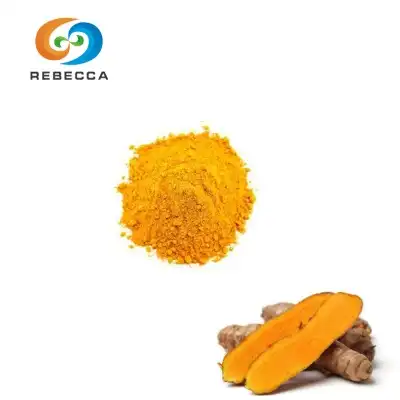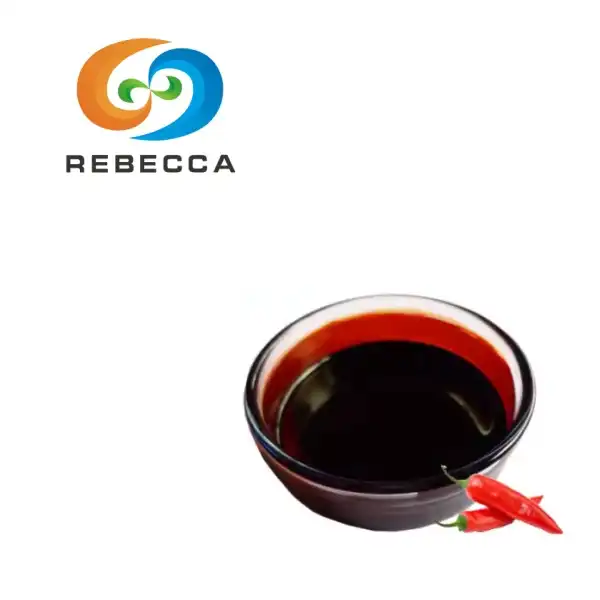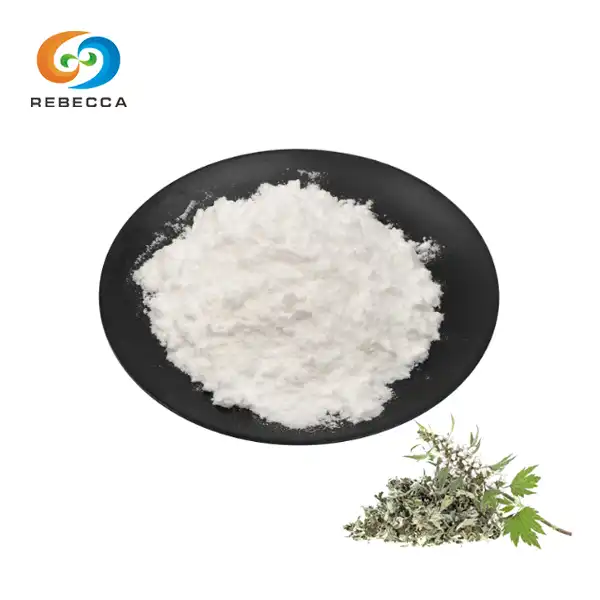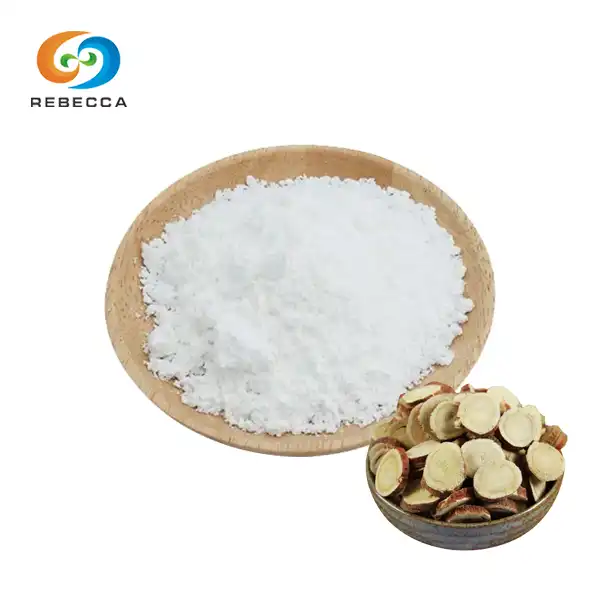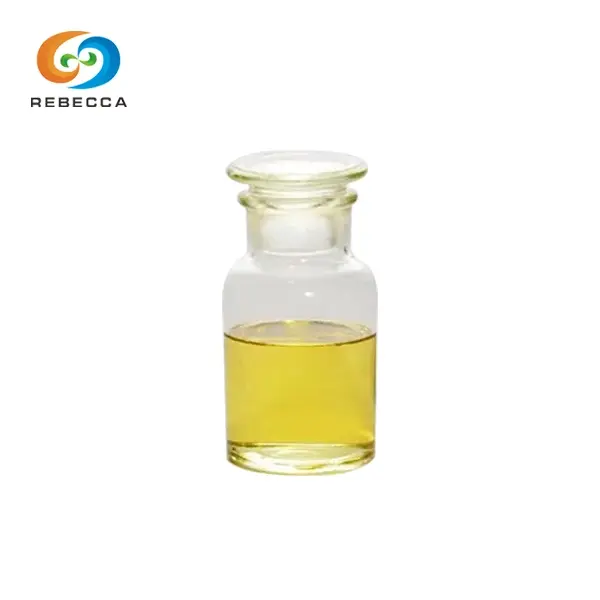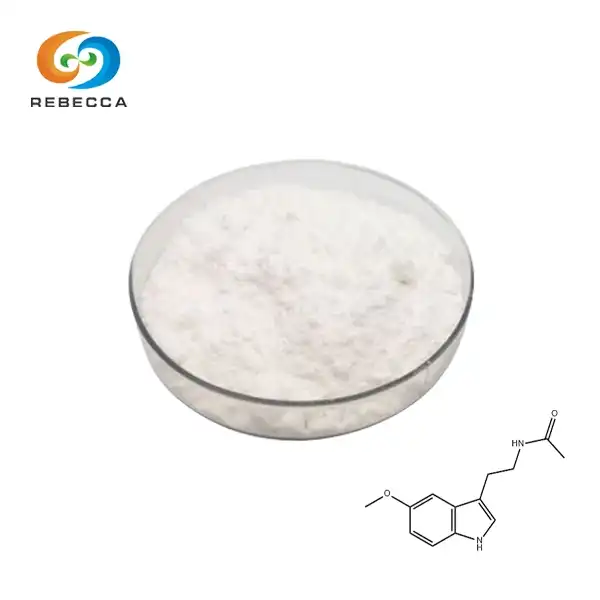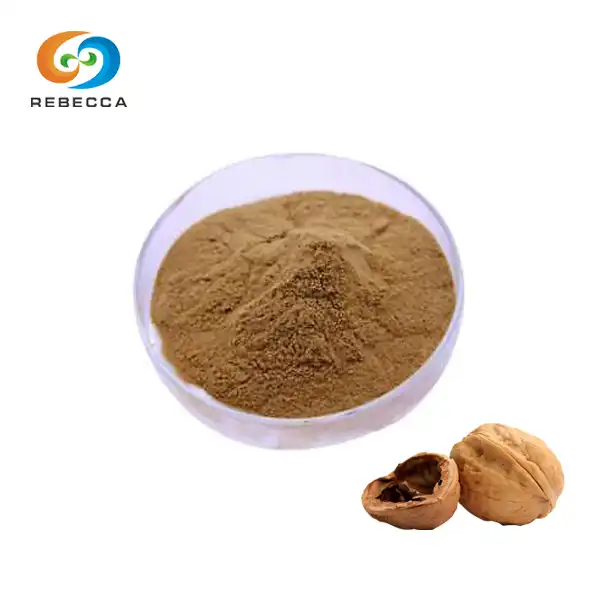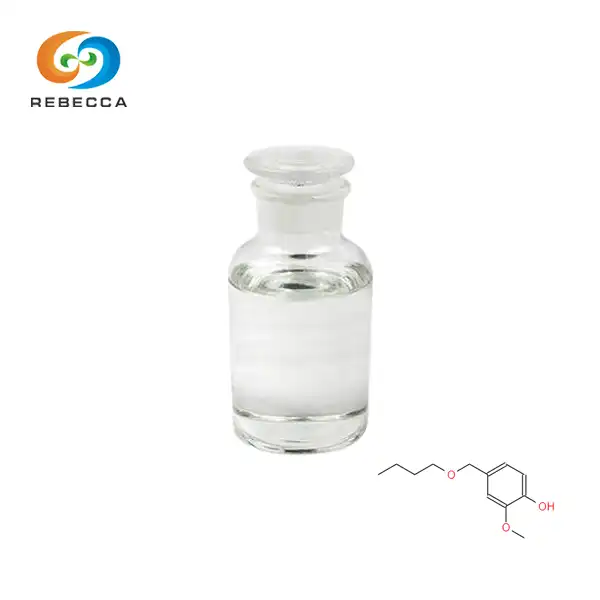Low molecular weight chitosan oligosaccharide
Low molecular weight chitosan oligosaccharide (LMW-COS) is a specialized form of chitosan oligosaccharide powder derived from the depolymerization of chitosan. This powerful compound has gained significant attention in the pharmaceutical and health supplement industries due to its unique properties and potential applications. LMW-COS boasts enhanced solubility and bioavailability compared to its larger counterparts, making it an ideal candidate for various biomedical and nutraceutical applications.

Product Name:Chitosan oligosaccharide
Assay: 90% 95% 99%
CAS No.: 148411-57-8
Molecular Formula: C12H24N2O9
Appearance: Light yellow powder
Grade: Medicine/Food/Cosmetic/Agricultural/ Feed Grade
Core Definition & Key Distinctions from General COS
Understanding LMW-COS: Molecular Structure and Size
Low molecular weight chitosan oligosaccharide is characterized by its smaller molecular size compared to general chitosan oligosaccharides (COS). Typically, LMW-COS has a molecular weight ranging from 1,000 to 3,000 Daltons, while general COS can have molecular weights up to 10,000 Daltons or more. This reduced size is crucial for its enhanced properties and biological activities.
The molecular structure of LMW-COS consists of shorter chains of D-glucosamine and N-acetyl-D-glucosamine units, linked by β-(1,4) glycosidic bonds. This structure allows for greater flexibility and improved interaction with cellular components, contributing to its increased bioactivity.
COS vs. LMW-COS: Crucial Differences in Bioactivity
The key distinction between general COS and LMW-COS lies in their bioactivity profiles. LMW-COS exhibits superior biological effects due to its smaller size, which allows for better penetration into cellular membranes and improved interaction with target molecules. This enhanced bioactivity translates to more potent antioxidant, antimicrobial, and immunomodulatory properties compared to larger COS molecules.
Research has shown that LMW-COS demonstrates higher efficacy in various applications, including wound healing, anti-inflammatory effects, and potential anticancer activities. These differences make LMW-COS a more attractive option for pharmaceutical and nutraceutical formulations.
Production Methods: Enzymatic vs. Chemical Depolymerization
The production of LMW-COS involves the depolymerization of larger chitosan molecules. Two main methods are employed: enzymatic and chemical depolymerization. Enzymatic depolymerization utilizes specific enzymes, such as chitosanase or lysozyme, to break down chitosan into smaller oligosaccharides. This method offers better control over the molecular weight distribution and preserves the natural structure of the oligosaccharides.
Chemical depolymerization, on the other hand, involves the use of acids or oxidizing agents to break down chitosan. While this method can be more cost-effective, it may result in unwanted modifications to the oligosaccharide structure and a broader molecular weight distribution. The choice of production method significantly influences the quality and consistency of the final LMW-COS product, making it crucial for manufacturers to select the appropriate technique based on their specific requirements and applications.
Properties of LMW-COS
Enhanced Solubility and Bioavailability of LMW-COS
One of the most significant advantages of low molecular weight chitosan oligosaccharide is their enhanced solubility and bioavailability. The reduced molecular size allows LMW-COS to dissolve more readily in aqueous solutions, making it easier to incorporate into various formulations. This improved solubility translates to better absorption in the digestive tract, leading to increased bioavailability when consumed as a dietary supplement.
The enhanced bioavailability of LMW-COS means that a lower dose can potentially achieve the same biological effects as a higher dose of larger molecular weight chitosan oligosaccharides. This property makes LMW-COS an attractive option for formulators looking to create more efficient and cost-effective products.
Antimicrobial and Antioxidant Effects of LMW-COS
LMW-COS exhibits potent antimicrobial and antioxidant properties, making it valuable for various applications in the food, cosmetic, and pharmaceutical industries. Its antimicrobial activity is attributed to its ability to interact with and disrupt bacterial cell membranes, inhibiting the growth of harmful microorganisms.
As an antioxidant, LMW-COS helps neutralize free radicals and reduce oxidative stress in the body. This property contributes to its potential in supporting overall health and wellness, as well as its applications in skincare formulations for anti-aging and protective effects.

LMW-COS in Drug Delivery: Improved Cellular Uptake
The unique properties of LMW-COS make it an excellent candidate for drug delivery systems. Its small molecular size and positive charge allow for improved cellular uptake and interaction with negatively charged cell membranes. This enhanced permeability enables LMW-COS to act as a carrier for various therapeutic agents, facilitating their delivery to target cells and tissues.
Research has shown that LMW-COS can improve the bioavailability and efficacy of certain drugs, particularly those with poor solubility or absorption. This property opens up new possibilities for developing more effective pharmaceutical formulations and targeted drug delivery systems.
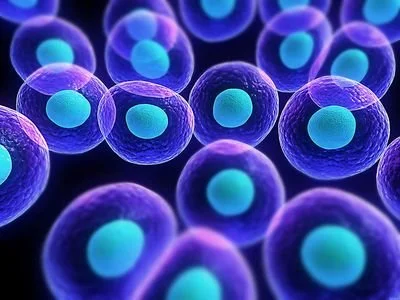
Biomedicine (Highest Value Application)
LMW-COS in Cancer Research: Targeting Cell Growth
Low molecular weight chitosan oligosaccharide has shown promise in cancer research, particularly in its ability to target cell growth mechanisms. Studies have indicated that LMW-COS may help regulate cell proliferation and promote healthy cell turnover. This property has led researchers to investigate its potential in supporting normal cell function and maintaining cellular health.
The antioxidant properties of LMW-COS also play a role in its potential benefits for cellular health. By neutralizing free radicals and reducing oxidative stress, LMW-COS may help protect cells from damage and support overall cellular well-being.
Wound Healing Acceleration with LMW-COS Applications
One of the most exciting applications of LMW-COS in biomedicine is its potential to accelerate wound healing. The compound's ability to promote cell proliferation, enhance collagen synthesis, and exhibit antimicrobial properties makes it an ideal candidate for wound care formulations.
Research has shown that LMW-COS can stimulate the migration and proliferation of fibroblasts, which are crucial cells involved in wound healing. Additionally, its antimicrobial properties help prevent infection at the wound site, further supporting the healing process. These properties make LMW-COS a promising ingredient for developing advanced wound dressings and topical treatments.
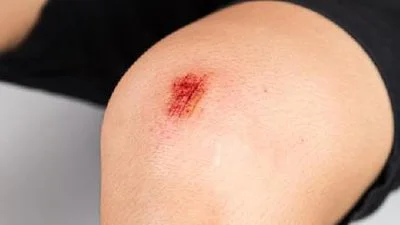
LMW-COS as a Potential Anti-Inflammatory Agent
The anti-inflammatory properties of LMW-COS have garnered significant attention in the biomedical field. Studies have demonstrated that LMW-COS can modulate the immune response and reduce the production of pro-inflammatory cytokines. This action suggests its potential in supporting a balanced immune system and promoting overall wellness.
The anti-inflammatory effects of LMW-COS make it a promising candidate for developing natural supplements aimed at supporting joint health and reducing discomfort associated with inflammation. Its ability to modulate the immune response also opens up possibilities for its use in managing various inflammatory conditions and promoting overall immune system balance.
Low molecular weight chitosan oligosaccharide represents a significant advancement in the field of bioactive compounds. Its unique properties, including enhanced solubility, improved bioavailability, and potent biological activities, make it a valuable ingredient for various applications in the pharmaceutical, nutraceutical, and cosmetic industries. From supporting cellular health to accelerating wound healing and modulating immune responses, LMW-COS offers a wide range of potential benefits. As research continues to uncover new applications and mechanisms of action, LMW-COS is poised to play an increasingly important role in the development of innovative health-promoting products.
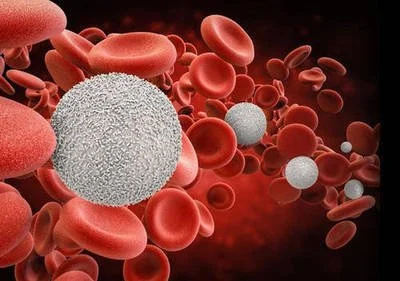
China Chitosan Oligosaccharide Powder Supplier
Shaanxi Rebeccia is a leading supplier of high-quality chitosan oligosaccharide powder, specializing in the production of low molecular weight variants. Our state-of-the-art production facilities are equipped with advanced extraction, separation, and purification technologies, ensuring the highest standards of product quality and consistency. Operating under strict GMP and ISO guidelines, we maintain rigorous quality control measures throughout our production process, from raw material selection to final product delivery.
Our chitosan oligosaccharide is available in various grades, including 90%, 95%, and 99% purity, suitable for pharmaceutical, food, cosmetic, agricultural, and feed applications. The light yellow powder form ensures easy incorporation into diverse formulations. With our commitment to excellence and customer satisfaction, we provide comprehensive support, including detailed product specifications, regulatory documentation, and technical assistance. For inquiries about our product or to discuss your specific requirements, please contact us at information@sxrebecca.com.
References
- Kim, S. K., & Rajapakse, N. (2005). Enzymatic production and biological activities of chitosan oligosaccharides (COS): A review. Carbohydrate Polymers, 62(4), 357-368.
- Zou, P., Yang, X., Wang, J., Li, Y., Yu, H., Zhang, Y., & Liu, G. (2016). Advances in characterisation and biological activities of chitosan and chitosan oligosaccharides. Food Chemistry, 190, 1174-1181.
- Yin, H., Du, Y., & Zhang, J. (2009). Low molecular weight and oligomeric chitosans and their bioactivities. Current Topics in Medicinal Chemistry, 9(16), 1546-1559.
- Xing, R., Liu, S., Yu, H., Guo, Z., Li, Z., & Li, P. (2005). Preparation of low-molecular-weight and high-sulfate-content chitosans under microwave radiation and their potential antioxidant activity in vitro. Carbohydrate Research, 340(15), 2150-2153.
- Je, J. Y., & Kim, S. K. (2006). Chitosan derivatives killed bacteria by disrupting the outer and inner membrane. Journal of Agricultural and Food Chemistry, 54(18), 6629-6633.
- Dash, M., Chiellini, F., Ottenbrite, R. M., & Chiellini, E. (2011). Chitosan—A versatile semi-synthetic polymer in biomedical applications. Progress in Polymer Science, 36(8), 981-1014.
